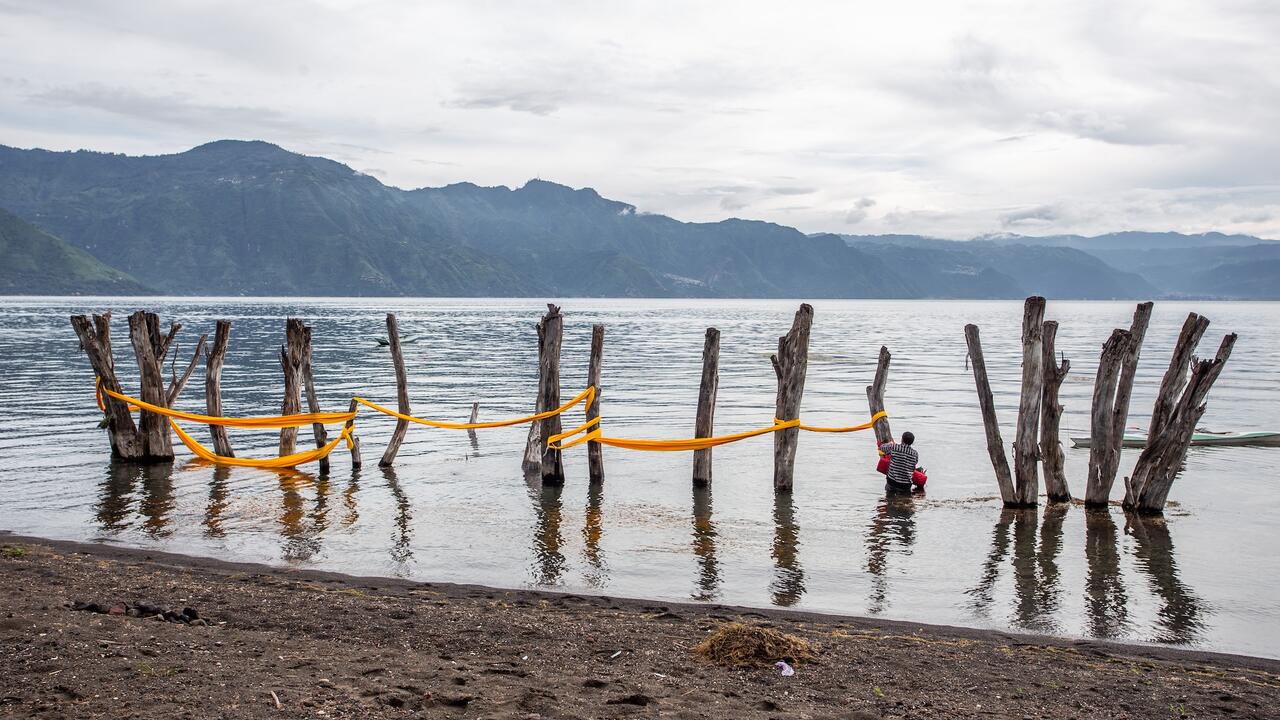Why the Met is Covering Up a Chagall Masterpiece for World Refugee Day
Chagall, a Russian Jew, was forced to flee occupied France in 1941 following the Nazi invasion
Chagall, a Russian Jew, was forced to flee occupied France in 1941 following the Nazi invasion

To commemorate World Refugee Day (20 June), the Metropolitan Museum of Art in New York has covered Marc Chagall’s The Lovers (1913–14) with a grey curtain to demonstrate what the world would lose without refugees’ contributions to arts and culture. The curtain will cover the work from 17–20 June.
Chagall, a Russian Jew, was forced to flee occupied France in 1941 following the Nazi invasion. Along with 2000 other refugees, Chagall was rescued as part of an operation that forged visas for artists and intellectuals, facilitating their escape.
Works by other refugees in the Met’s 5th Avenue collection – including prominent artists Max Beckmann, Max Ernst and Piet Mondrian – will also be highlighted by the museum, which has affixed yellow identifying labels alongside the works. At the Met Breuer works by Ibrahim El-Salahi, Sopheap Pich and Mark Rothko will also be highlighted. The Met is encouraging visitors to post photographs of the works on social media with the hashtag #WorldRefugeeDay.
In a statement on the Met’s website, director Max Hollein said: ‘The Met is committed to welcoming refugees and celebrating their past and present accomplishments and contributions.’
David Miliband, president and CEO of the International Rescue Committee, which the Met has partnered with for the initiative, said: ‘Marc Chagall, a pioneer of modern art who was resettled by the IRC, symbolizes one of the many ways refugees have shaped our world for the better, not only in the arts but in so many aspects of our society and culture.’























